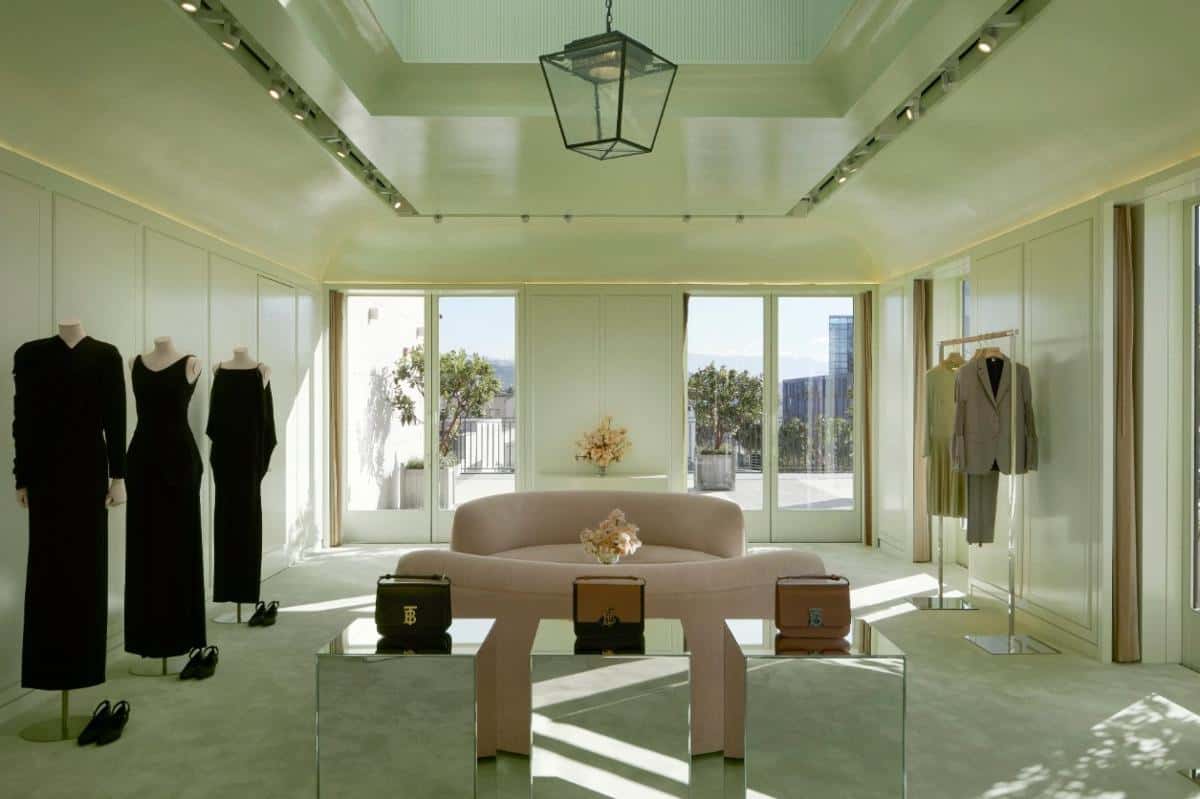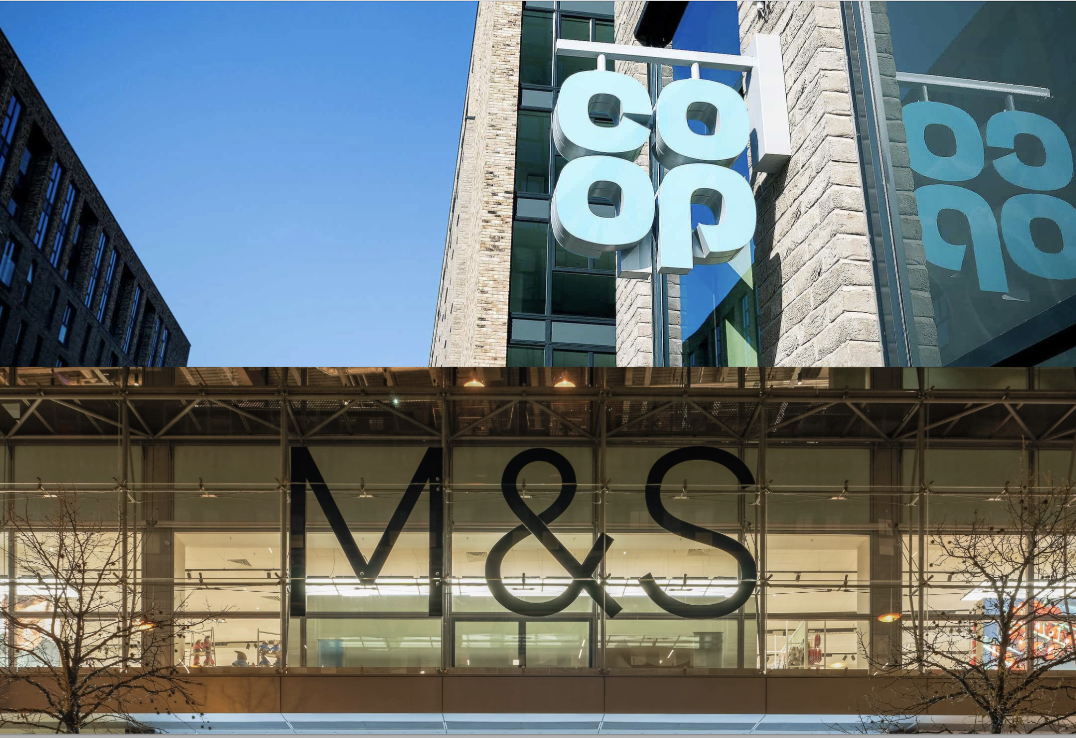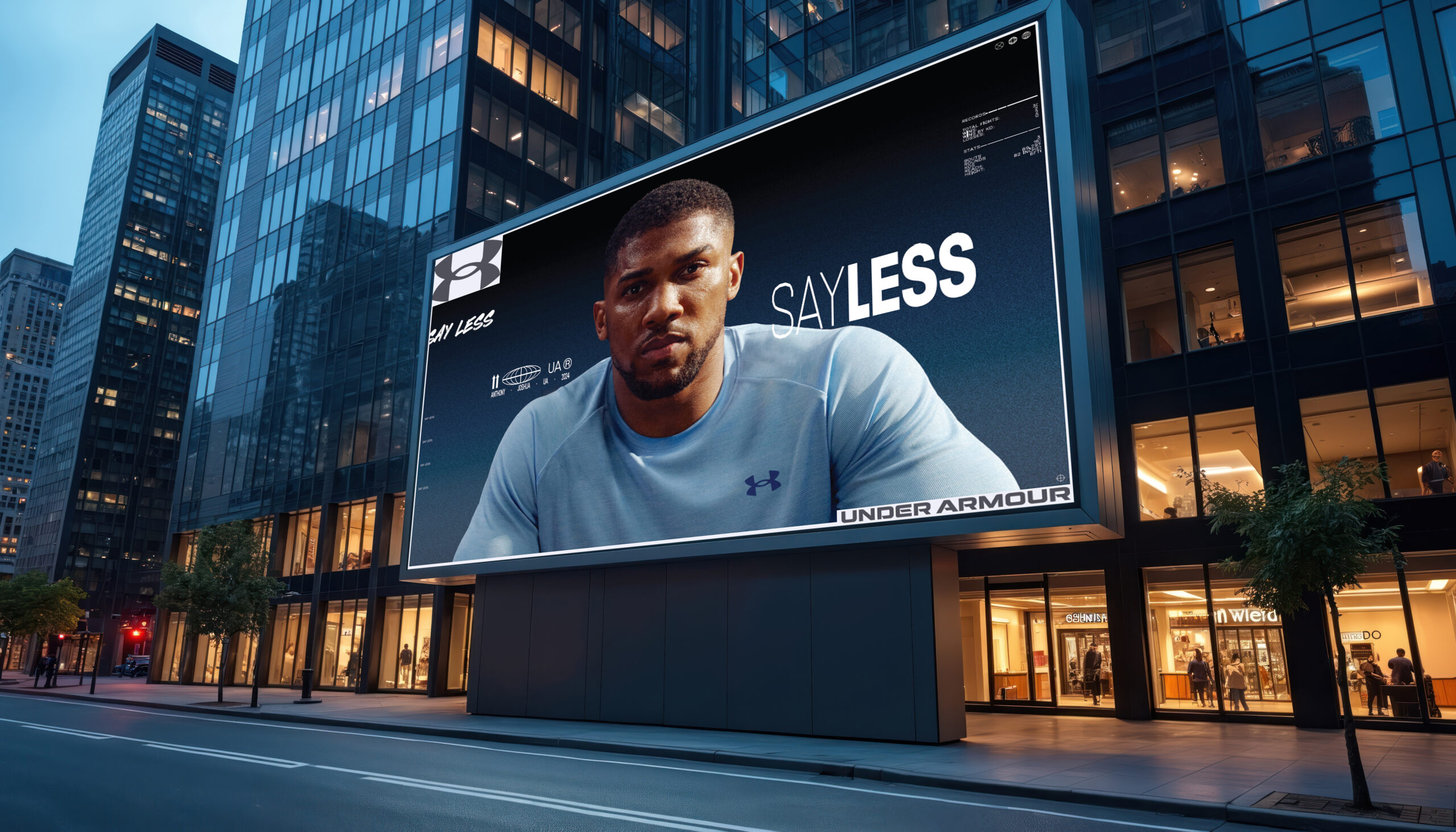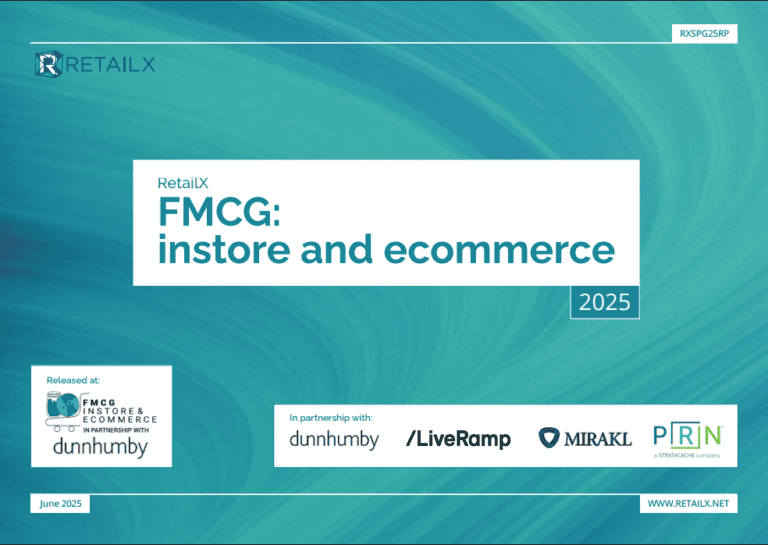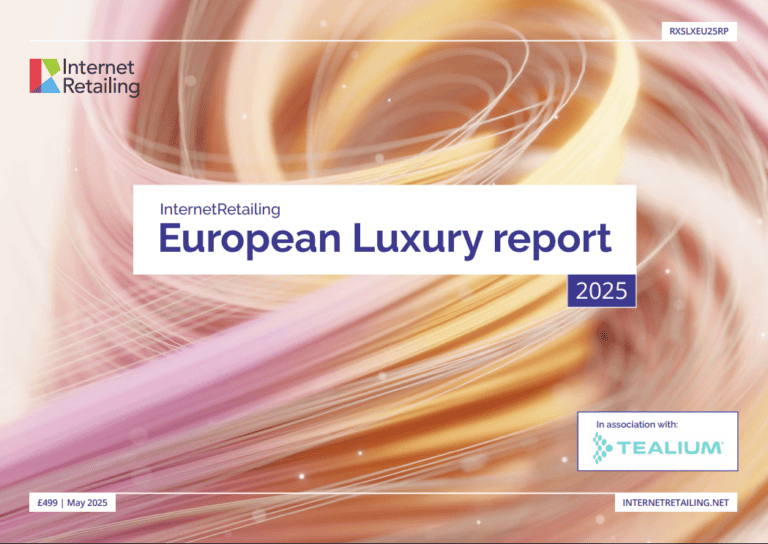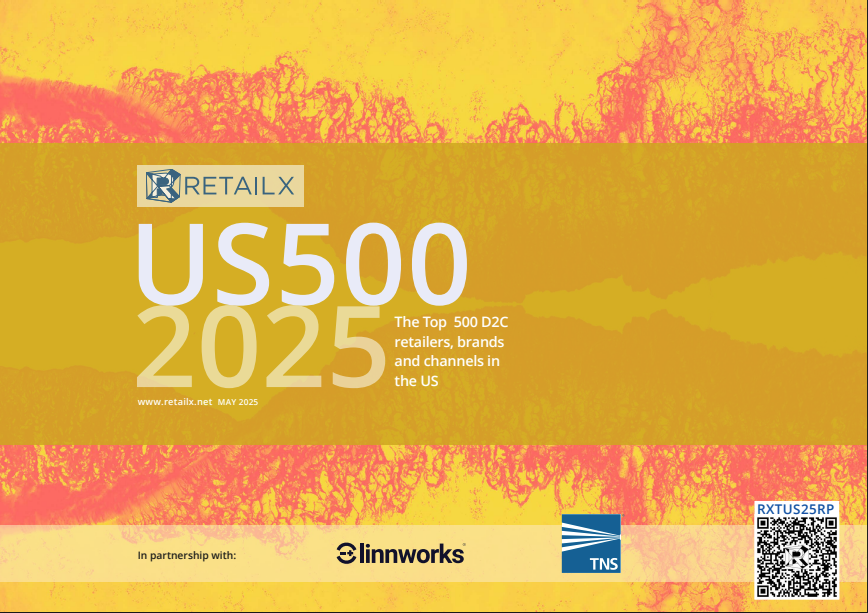Burberry today reported strong online growth but “soft” footfall in stores as consumers change the way they shop.
However, it said, conversion was higher both online and off in the second half of its financial year, “further driving retail productivity”.
Total revenue grew to £1.3bn in the six months to March 31, up by 19% compared to the same time last year. Retail sales grew by 13%, driven by digital commerce that “outperformed in all regions”.
Chief executive Angela Ahrendts said the pleasing second-half performance was “underpinned by the planned increase in investment in offline and online retail, innovative customer service and marketing.”
Growth was fastest in the Asia-Pacific region, with double digit rises in like-for-like sales as consumers in greater China and Korea spent more. Burberry opened its largest store there during the year, in the Kerry Centre, Shanghai. In the Americas and Europe, sales grew by mid to high single-digital percentages.
The company now plans to open between 20 and 25 stores during the course of the year, looking in particular to China and the Middle East, while closing between 15 and 20.
Ahrendts said investment in such flagship markets would “further increase the brand’s appear to the core luxury customer at home and when travelling.”
Our view: The Burberry figures, showing as they do strong online traffic but “soft” store footfall, seem to point to a change not only in the way we shop but in the way we browse. It appears that curious consumers are now more likely to fire up the laptop or tablet computer in order to study the latest fashion trends rather than visit the shops in person. That, however, doesn’t stop them buying either in the store or online. But it’s another factor that seems likely to change the way stores are, in the light of online shopping.
